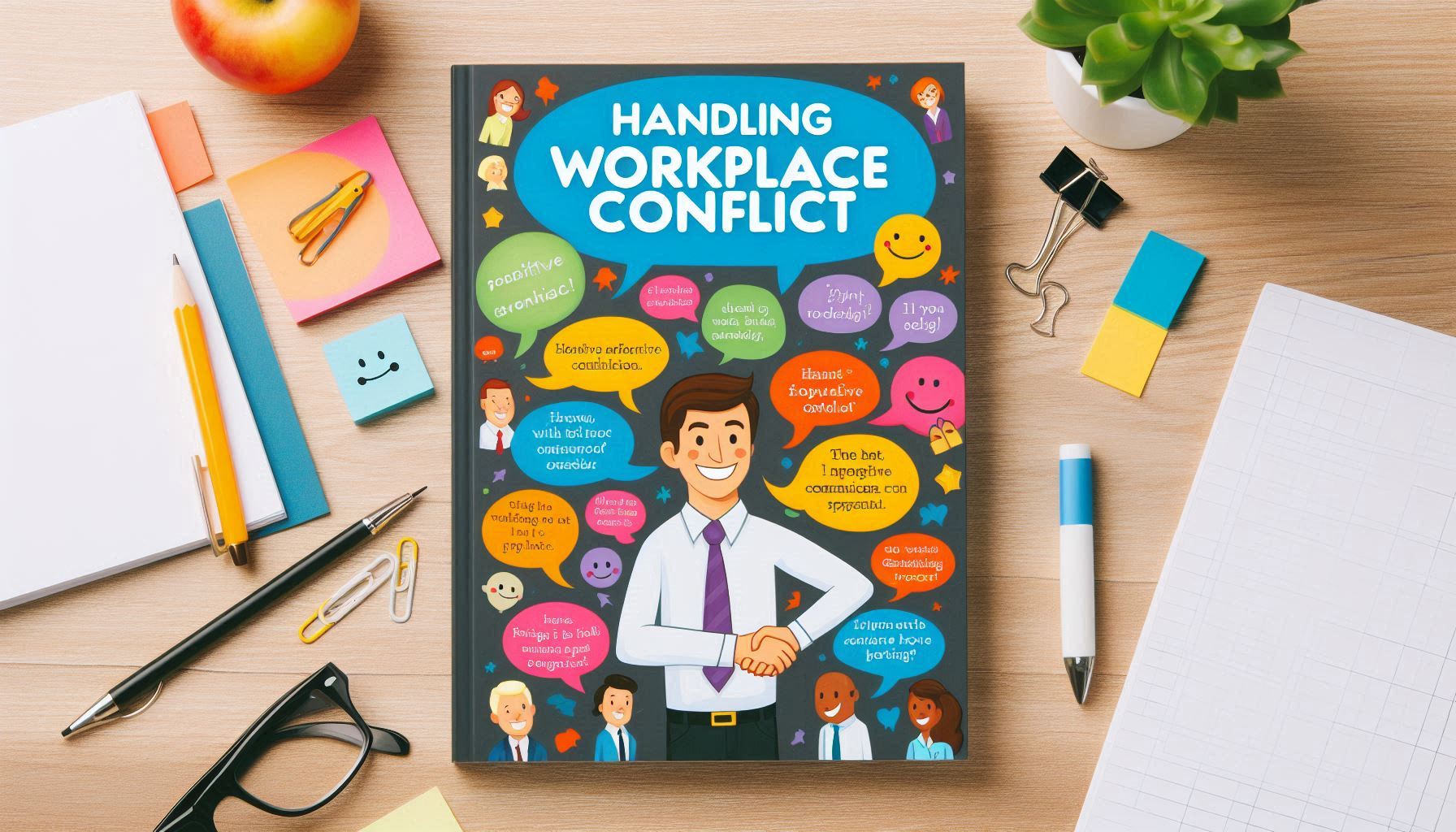
Workplace conflict is an inevitable aspect of any organization, whether it arises from differences in personality, communication styles, or varying approaches to problem-solving. While conflict can bring about stress and discomfort, it can also serve as an opportunity for growth, innovation, and improved relationships if handled effectively. This guide provides strategies and insights for navigating workplace conflicts in a constructive manner, ultimately advocating for a work environment characterized by collaboration, respect, and productivity.
Workplace conflicts can manifest in various forms, including:
Interpersonal Conflicts: These arise between individuals due to personal differences or competing interests. For example, two team members may disagree on how to approach a project, leading to tension.
Intragroup Conflicts: These occur within a team or group when members clash over ideas, responsibilities, or power dynamics. This can hinder collaboration and diminish team effectiveness.
Intergroup Conflicts: Disputes can arise between different departments or units within an organization, often due to differing goals or priorities.
Organizational Conflicts: Broader conflicts may stem from organizational policies, cultural clashes, or a lack of resources, impacting overall workplace morale.
Understanding these different types of conflicts helps in identifying the specific issues at play and tailoring appropriate resolution strategies.
The Impact of Conflict
While some degree of conflict can be healthy and stimulate positive change, unresolved or poorly managed conflicts can lead to significant negative outcomes, including:
- Decreased productivity and morale among employees
- High turnover rates and increased recruitment costs
- Distrust and poor communication between team members
- Potential legal issues resulting from harassment or discrimination
- To prevent these adverse effects, it is essential to approach conflict resolution proactively and thoughtfully.
Strategies for Handling Workplace Conflict
1. Recognize and Acknowledge the Conflict
The first step in managing conflict is recognizing its existence. Often, individuals may avoid confronting issues, hoping they will resolve themselves. However, denying the problem can exacerbate feelings of frustration and resentment. Acknowledging the conflict is crucial to addressing it effectively. Leaders should encourage open communication and create an environment where employees feel comfortable discussing their concerns.
2. Facilitate Open Communication
Effective communication is vital in resolving workplace conflicts. Encourage all parties involved to express their thoughts and feelings clearly and respectfully. It may be helpful to establish ground rules for discussions to ensure everyone remains focused and calm. Using active listening techniques can foster an atmosphere of collaboration. This involves:
- Paying attention and showing interest in what the other person is saying.
- Reflecting back on what you heard to confirm understanding.
- Encouraging the other party to elaborate on their points without interruption.
3. Identify Underlying Interests
Conflicts often arise from differing positions, but beneath these positions lie underlying interests. For instance, one team member may be adamant about a specific project approach due to a concern for quality, while another may prioritize speed due to looming deadlines. Understanding these underlying interests can provide insights into potential solutions that satisfy the needs of all parties involved.
4. Seek Collaboration
Conflict resolution is most effective when all parties work together to find mutually beneficial solutions. Adopting a collaborative problem-solving approach involves brainstorming options, negotiating compromises, and actively involving each participant in the decision-making process. This fosters ownership and commitment to the final agreement, reducing the likelihood of future conflicts.
5. Consider Mediation
In instances where direct communication does not yield satisfactory results, consider involving a neutral third party, such as a mediator. A mediator can facilitate constructive dialogue and guide the parties toward resolution without taking sides. This approach helps to depersonalize the conflict and keep the focus on the issues, rather than the individuals involved.
6. Establish Clear Guidelines and Policies
Organizations should develop and communicate clear policies regarding conflict resolution. Training employees on conflict management strategies and encouraging open communication can empower team members to address issues proactively. Providing resources, such as workshops or access to conflict resolution professionals, can also support a culture of constructive dialogue.
7. Follow Up
Once a resolution is reached, it is essential to follow up with all parties involved to ensure the agreement is being upheld. Regular check-ins can help reinforce positive behaviors and provide an opportunity to address any lingering issues. Following up demonstrates a commitment to maintaining a healthy workplace environment and fosters trust among team members.
Cultivating a Conflict-Resilient Workplace Culture
Fostering a workplace culture that embraces conflict as a natural and manageable part of organizational life can lead to higher levels of employee engagement and satisfaction. Leaders play a crucial role in modeling constructive conflict resolution practices and promoting a climate of respect and transparency. Strategies for cultivating such a culture include:
Encouraging Feedback: Create mechanisms for providing and receiving feedback at all levels. This promotes open dialogue and prevents issues from escalating.
Promoting Team-Building Activities: Engage staff in activities that enhance relationships, improve teamwork, and build trust among colleagues.
Emphasizing Emotional Intelligence: Training employees in emotional intelligence can help them navigate their own emotions and those of others, leading to more effective conflict resolution.
Recognizing and Rewarding Positive Behavior: Acknowledge and celebrate employees who demonstrate exemplary conflict resolution skills. This reinforces the importance of maintaining harmony while fostering a cooperative atmosphere.
